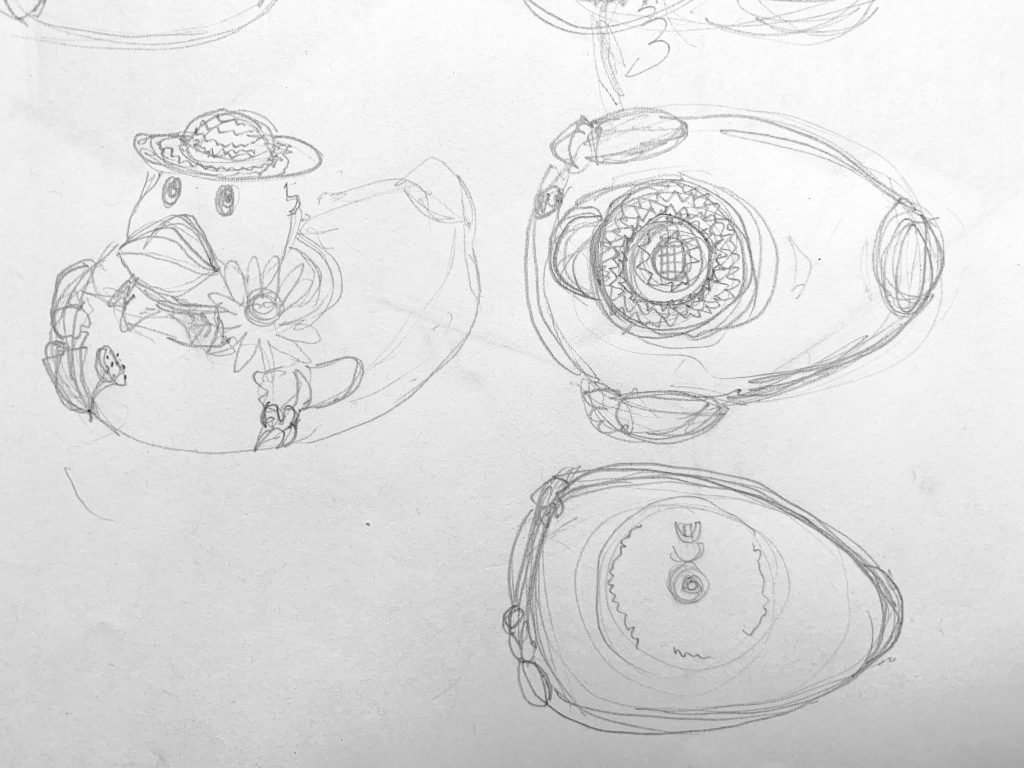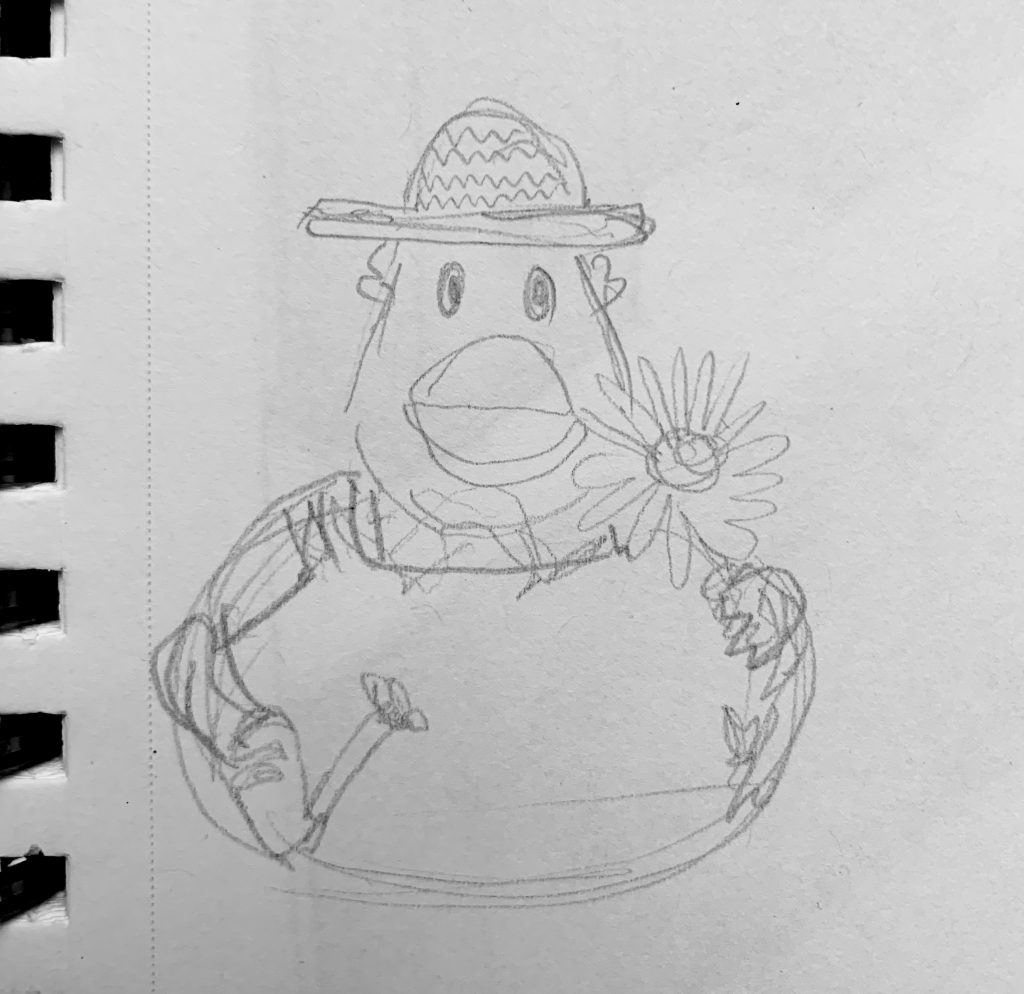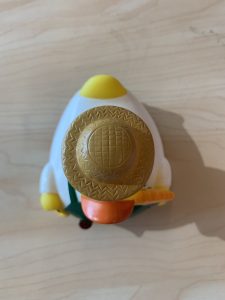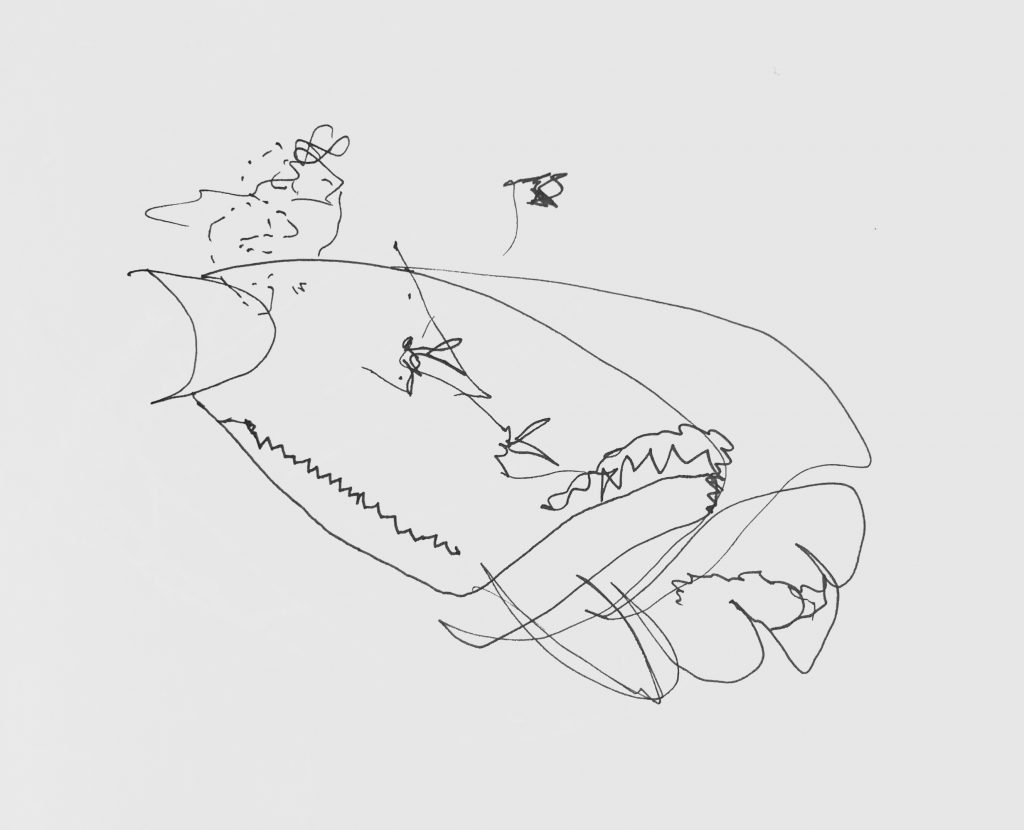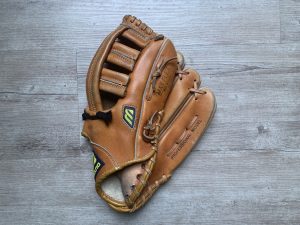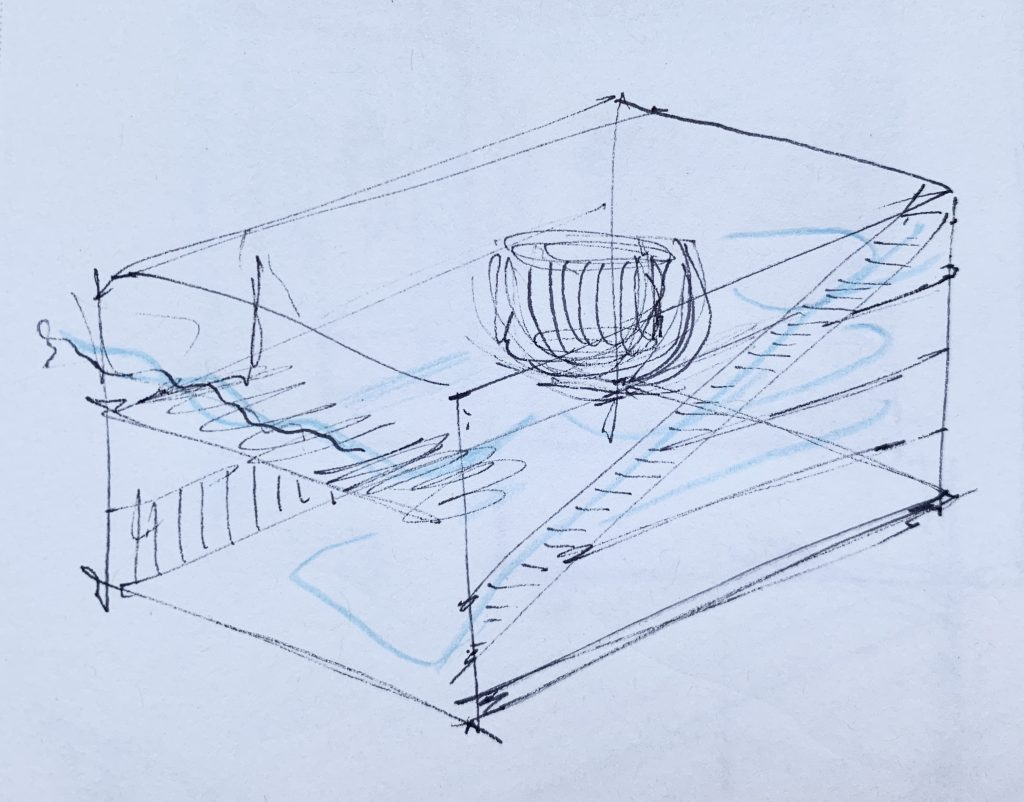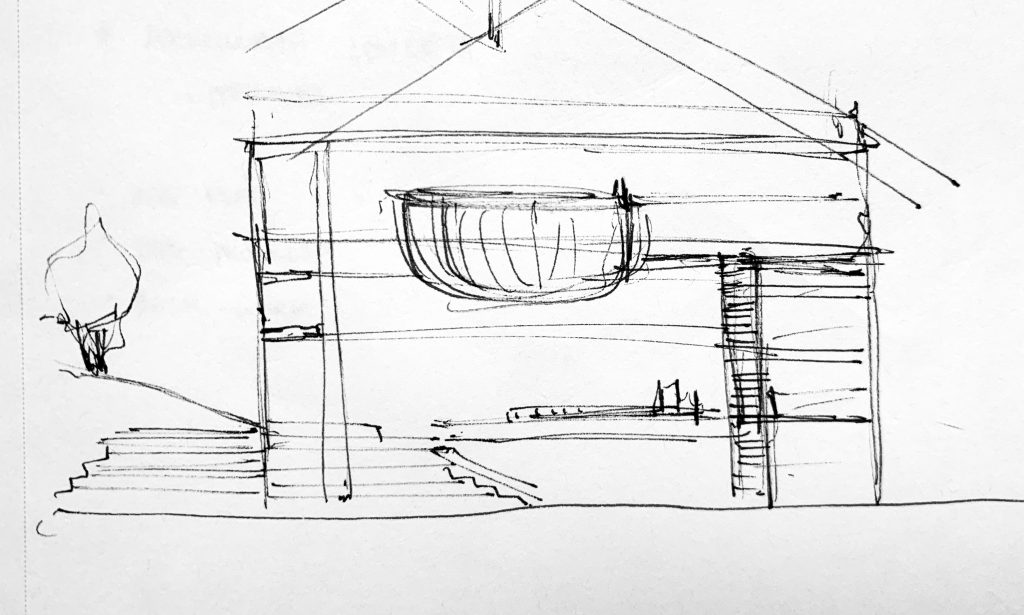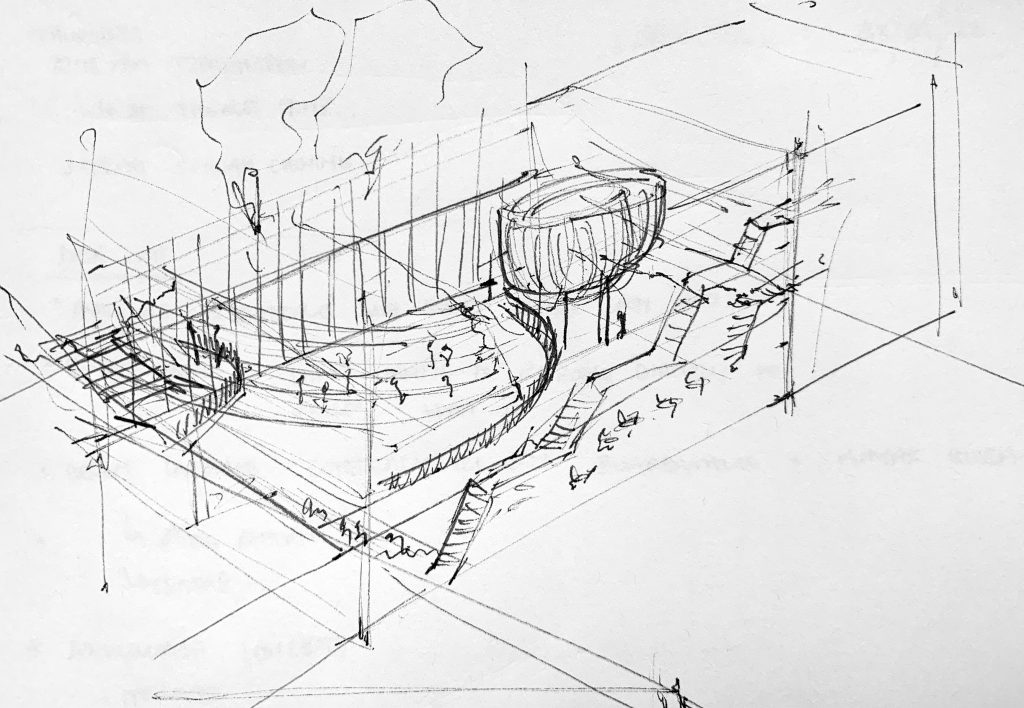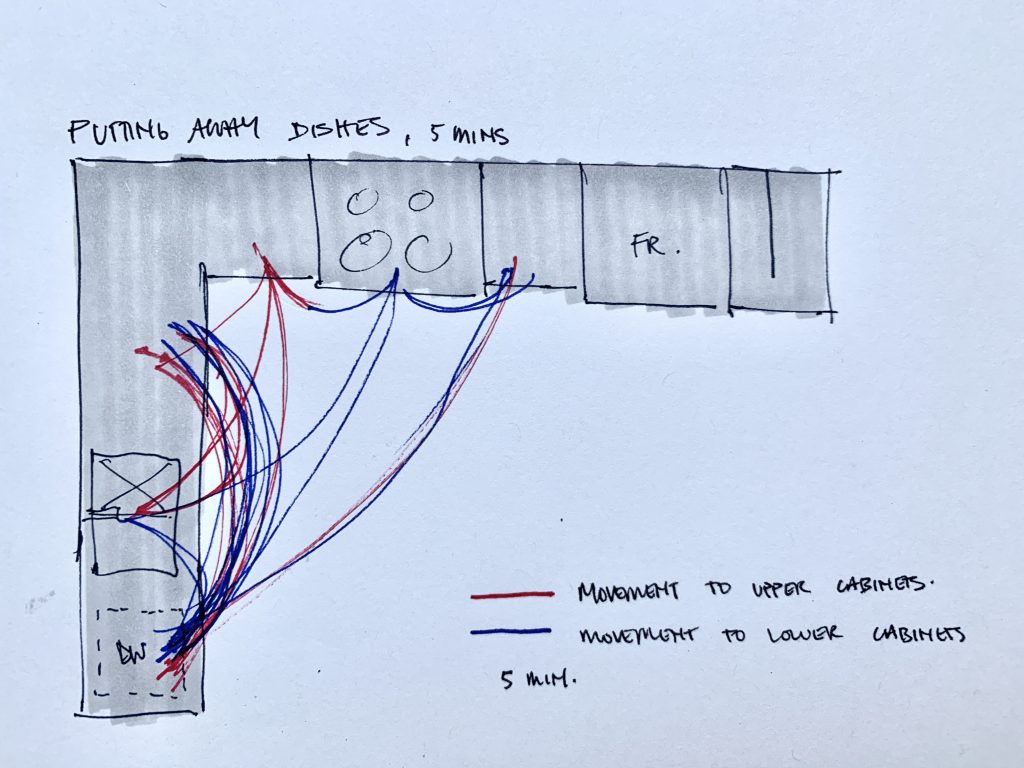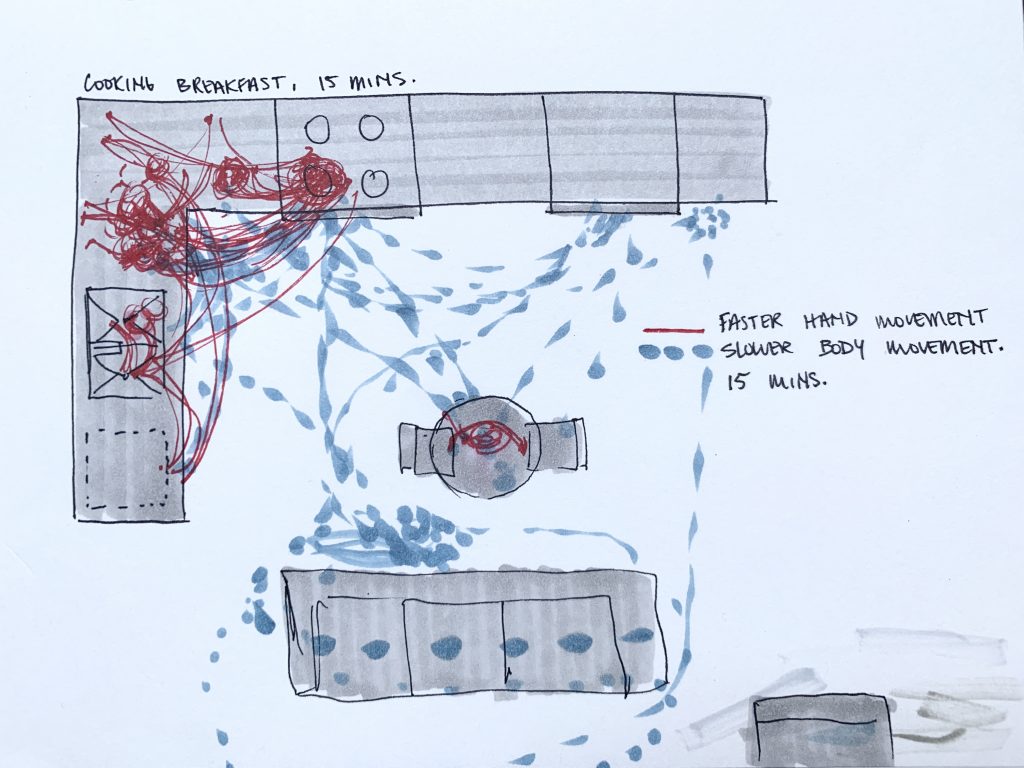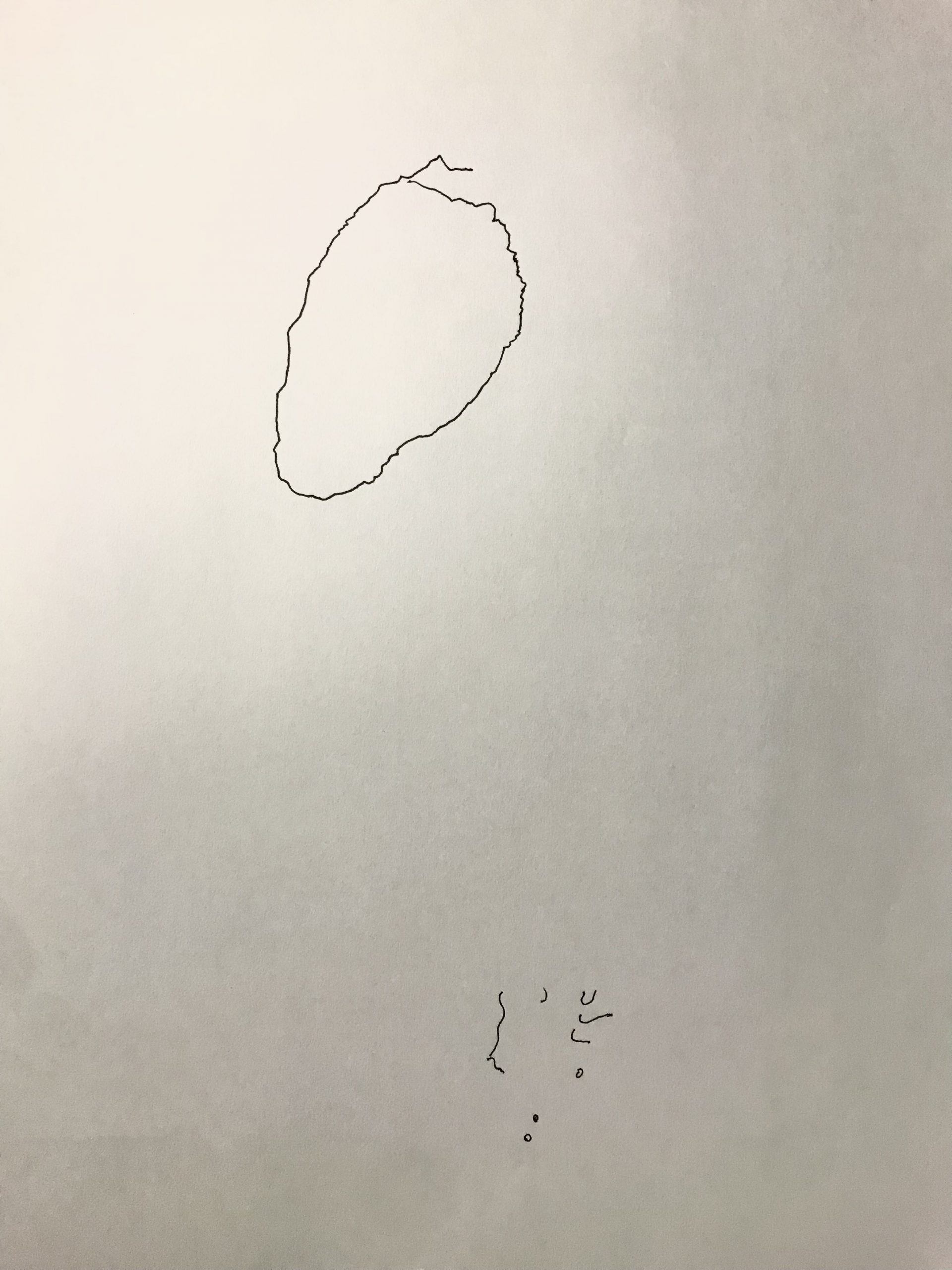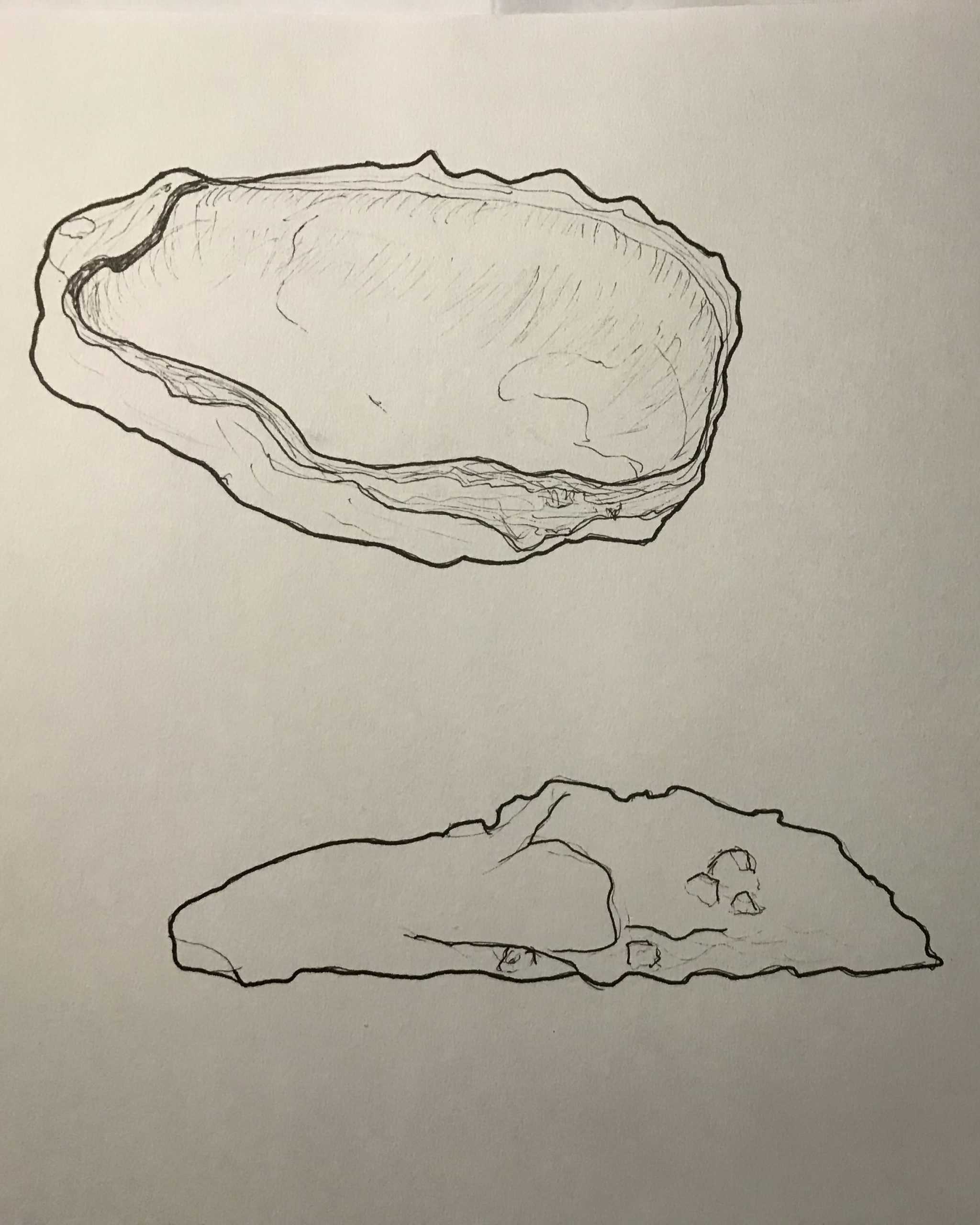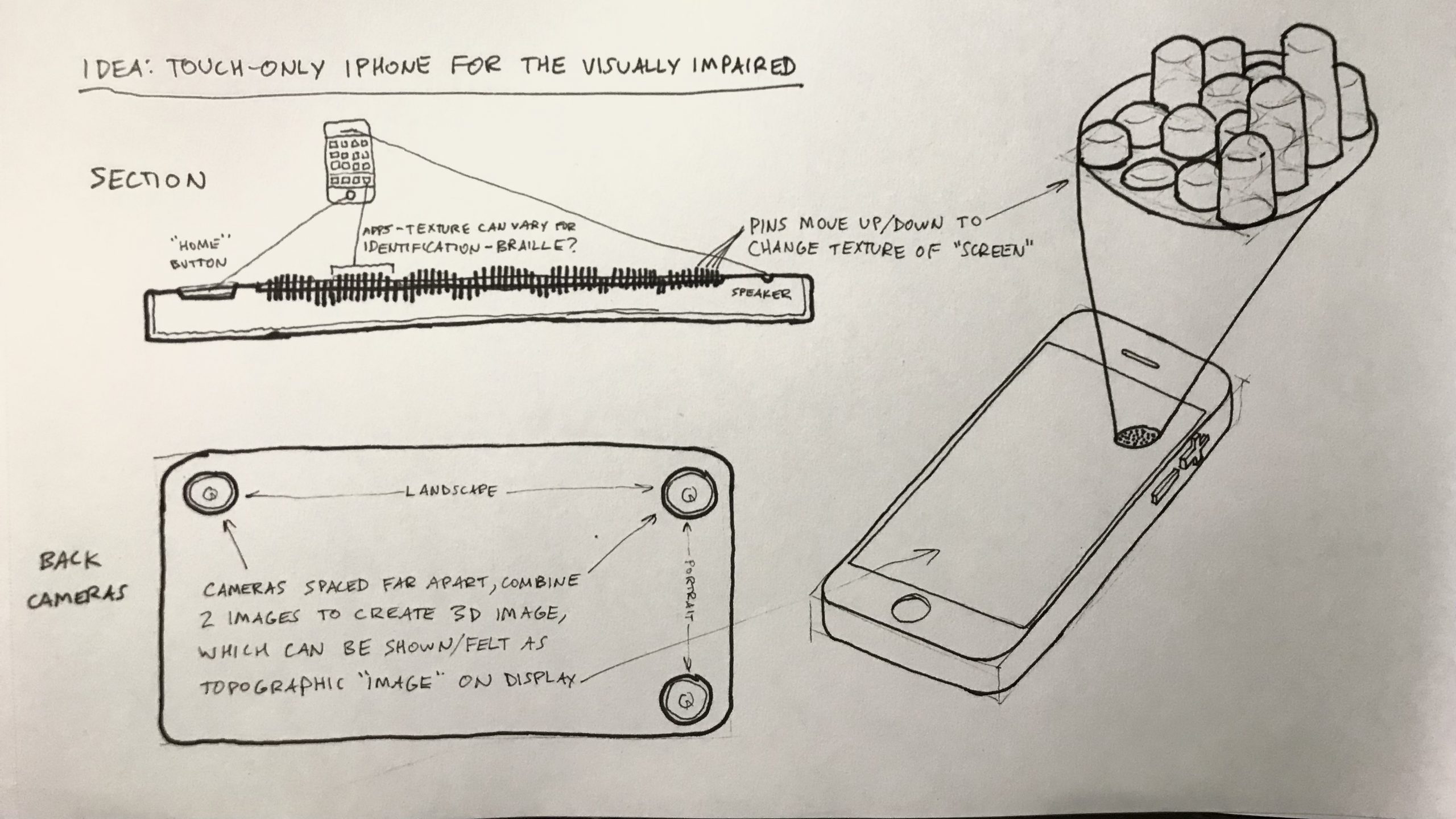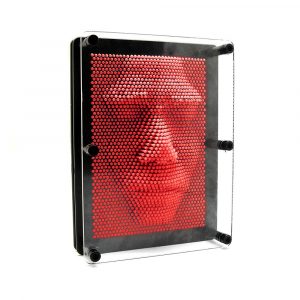In Class: Section of THE NEST

Outside of Class: Mapping MOVEMENT & STILLNESS
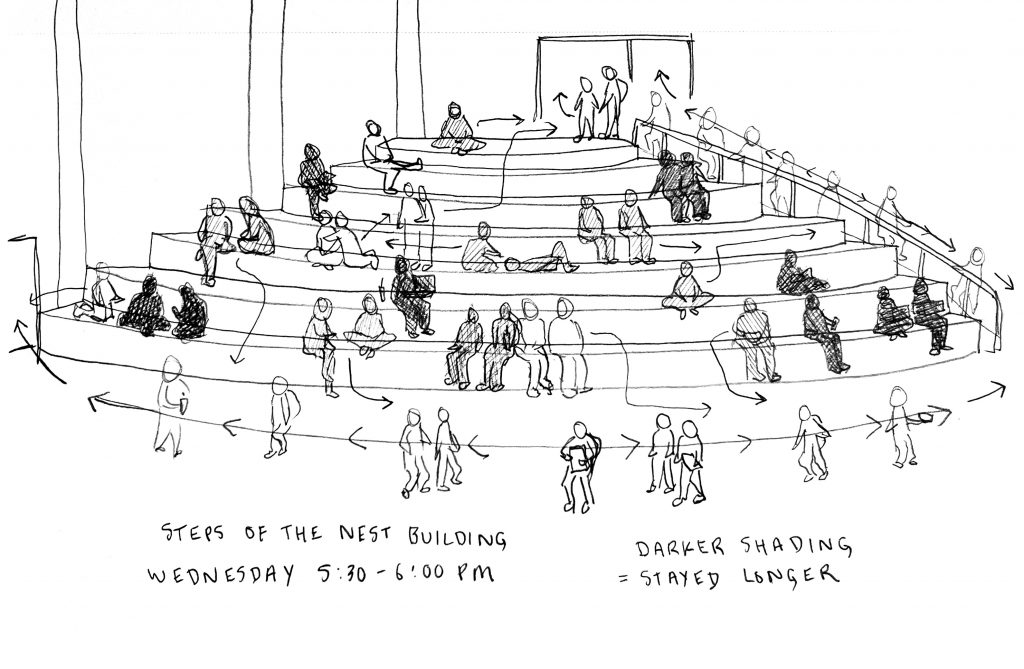

School of Architecture and Landscape Architecture (SALA), University of British Columbia


In Class exercise: Beaty Biodiversity Museum
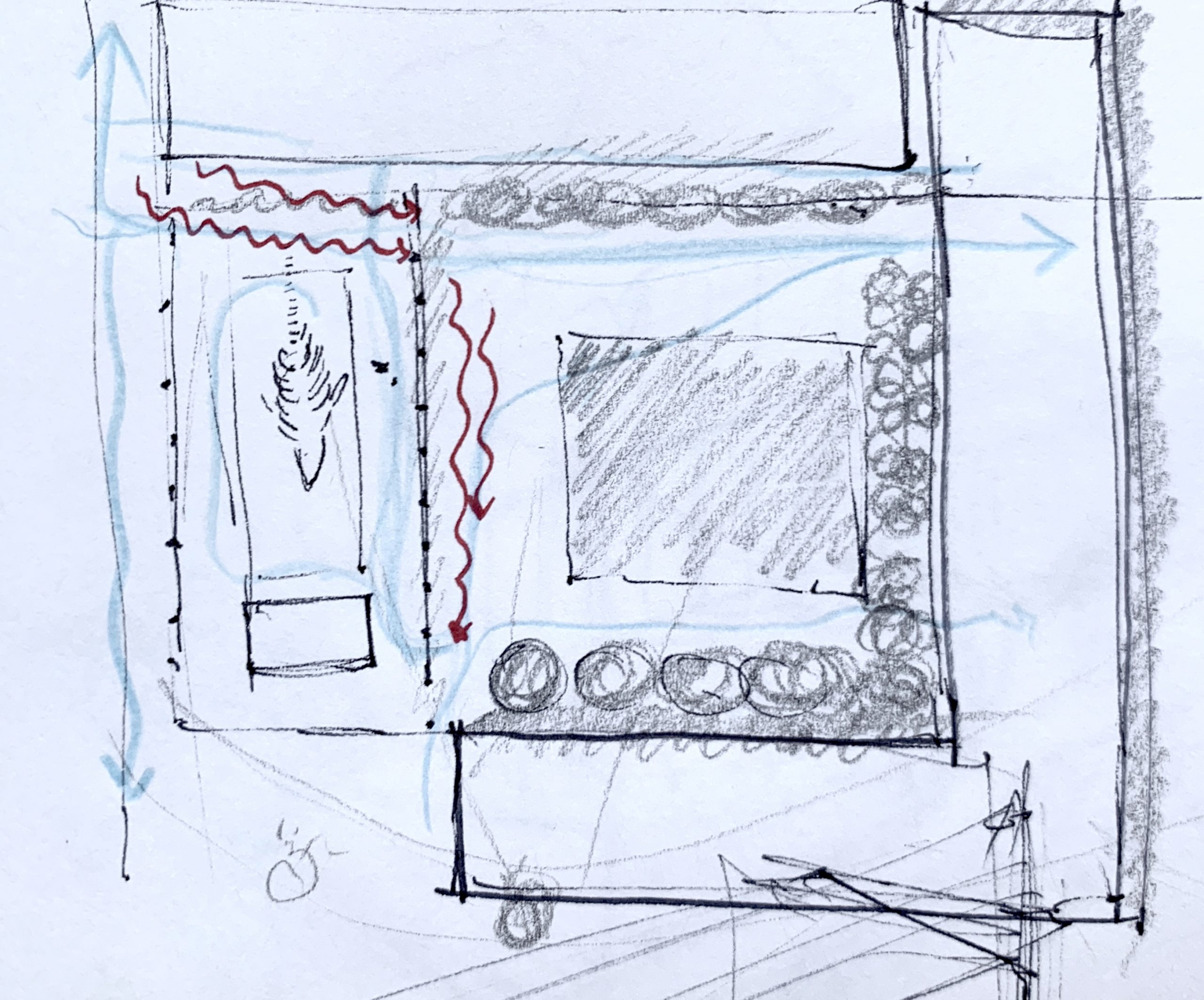
This overall plan of the museum and courtyard shows movement patterns of people (blue lines) and air movement through the courtyard.

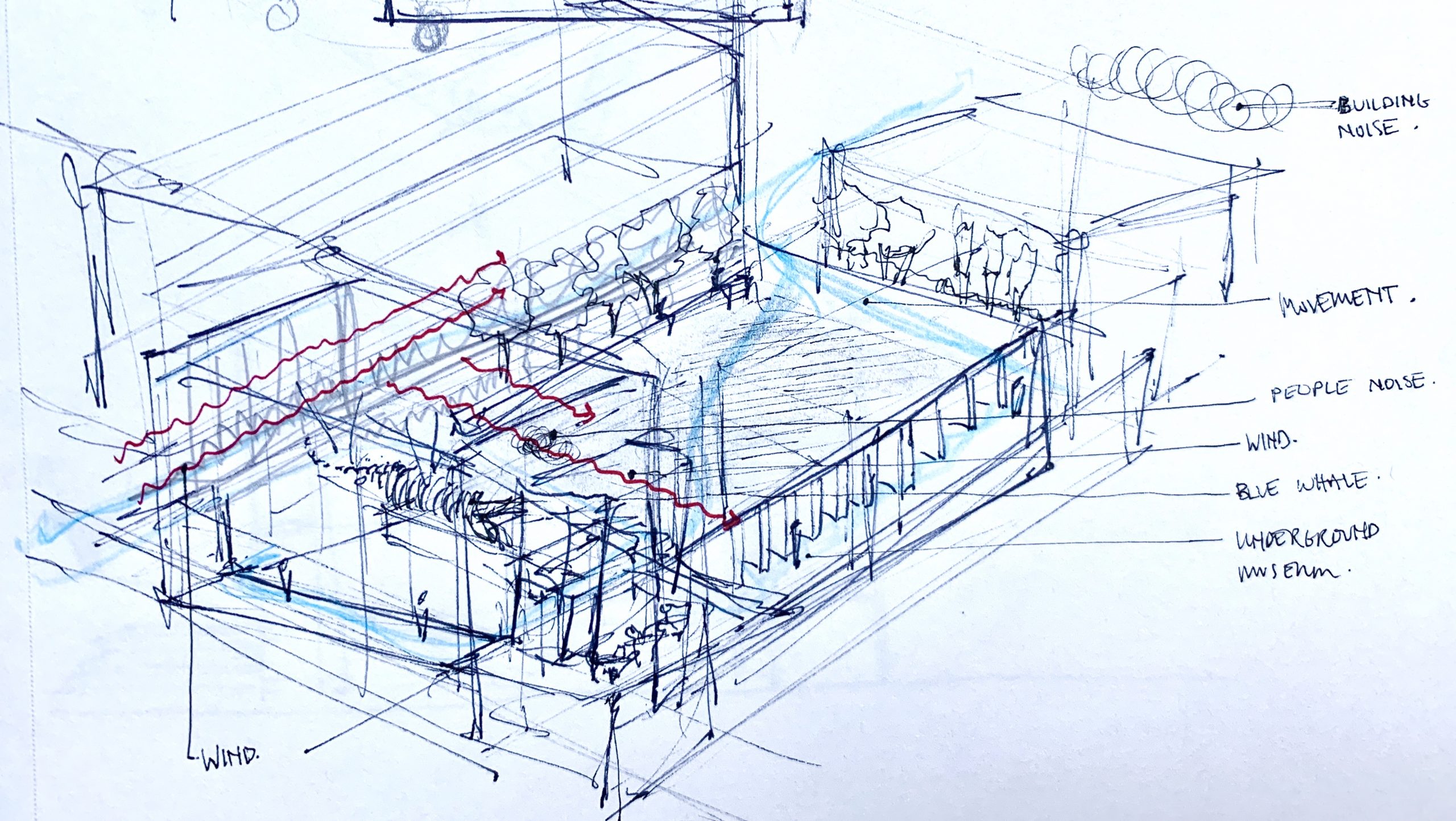
Using the cube method to draw and describe the museum gives a better understanding of the space, and allows sight into the blow-ground level of the museum which is hidden to pedestrians.
At-home exercise: redesigning views
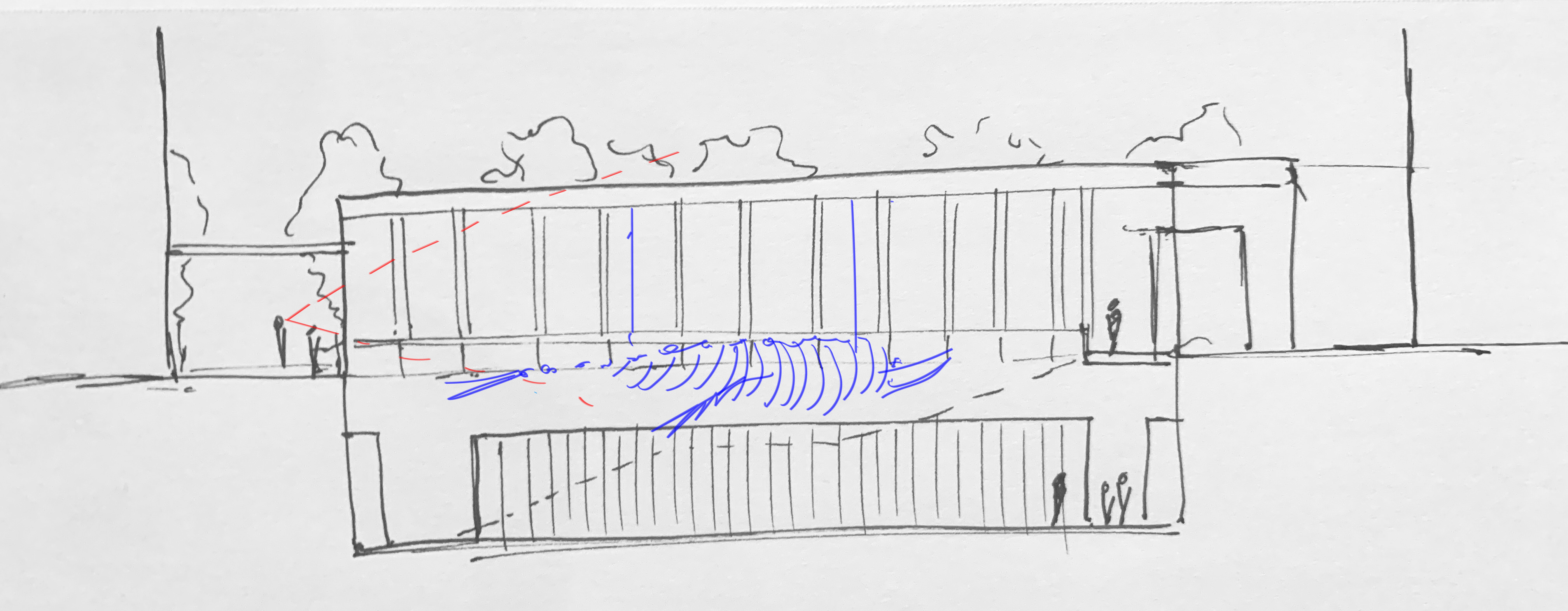
While analyzing the environment outside the museum and in the courtyard, I had no idea that there was a whole museum space underground. I also didn’t see the hanging whale skeleton until almost right up to the glass. Walking into the museum was an interesting phenomenon as there is so much more to the building than what is above ground, which I assume is placed so that the artifacts don’t degrade in UV light from the sun. However, I can see why the museum might not get many passerby visitors as there is no visual cue that there is anything of this size going on underground.

Here I’ve proposed a repositioning of the hale skeleton, start well above ground and be ‘diving’ down into the museum. This way it is more visible from pedestrians and those lounging in the courtyard. This will hopefully give the idea that there is more going on underground than what is first seen, and attract people into the space.
Assignment 5:
In Class:
Reflection:
I found this to be a fascinating and freeing exercise. Once you release the pressure to succeed at a blind drawing and you realize it is impossible to get it perfectly accurate, you start to really focus on form and feeling instead of accuracy. It became even more apparent once I tried to draw the object without the blindfold. It was harder to focus on simple forms and textures when I tried harder to make them look accurate. With the blindfold, it didn’t matter if the shapes I felt were in the right spot, but more that the gestures I made with the pen felt proportionate to the scale in my hand and to other shapes I had just drawn. This exercise reminded me that loose drawings that emphasize basic forms, gestures, movement, and weight are often just as effective as realistic drawings in conveying an object.
In Class
At Home
My partner selected this item for me to draw blindfolded. It was a great selection because it is not our item and was in storage in our rental apartment, so I was not aware of what it was (I still am not sure… weird sculpture someone left behind). Additionally, it is about 18″ tall so a little larger than what we worked with in class, making for an interesting exercise.


